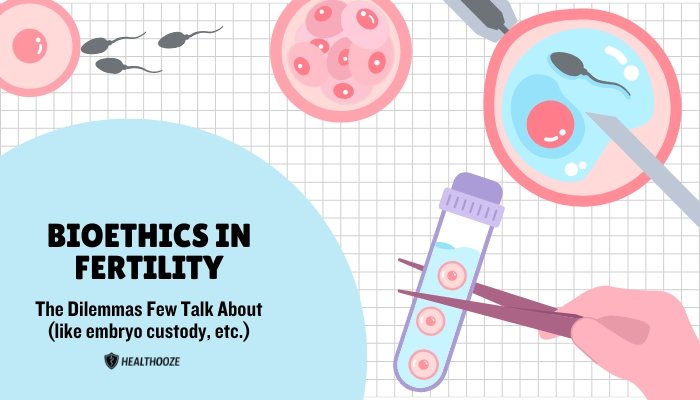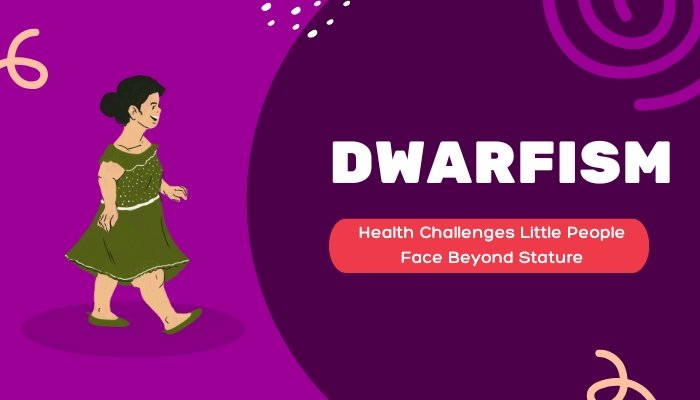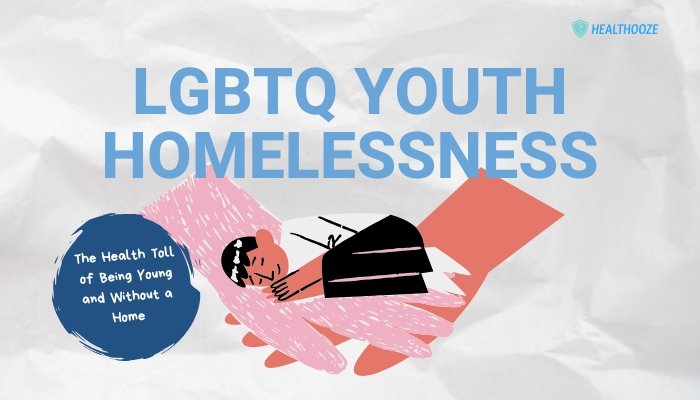Assisted reproductive technologies (ART) such as in-vitro fertilization (IVF), egg freezing, sperm donation, and surrogacy have transformed the landscape of family building. While these advances bring hope to millions of people struggling with infertility, they also raise profound bioethical questions that are rarely discussed openly. Beyond the standard debates on access and cost, sensitive dilemmas like embryo custody disputes, genetic selection, commercialization of reproduction, and rights of donors and surrogates challenge traditional notions of parenthood, autonomy, and justice.
The Evolution of Assisted Reproductive Technologies
Since the birth of the first IVF baby in 1978, ART has expanded rapidly worldwide. Procedures now include embryo freezing, preimplantation genetic testing (PGT), mitochondrial replacement therapy, and gestational surrogacy. Success rates continue to improve, but the ethical issues have become more complex. Fertility clinics must now balance technological possibilities with legal frameworks, patients’ emotional needs, and societal values.
Embryo Custody and Disposition Dilemmas
One of the most contentious areas involves what happens to frozen embryos. Couples often create multiple embryos during IVF. When relationships break down or one partner dies, disputes arise over whether embryos should be implanted, donated, or destroyed. Famous cases such as Davis v. Davis (U.S., 1992) and more recent celebrity disputes highlight the difficulty of reconciling reproductive autonomy with mutual consent. Some jurisdictions require both partners’ consent before use; others defer to prior agreements signed at the clinic. Yet many couples sign these documents during stressful treatment, without anticipating future conflicts. Ethicists argue for clearer, revisable agreements and public policies that protect both parties’ rights while considering potential children’s welfare.
Surrogacy and Exploitation Concerns
Gestational surrogacy allows individuals or couples to have a genetically related child even when pregnancy is medically impossible. However, ethical tensions arise when surrogacy becomes commercialized. In countries like India, where cross-border surrogacy was once booming, concerns over exploitation of economically disadvantaged women led to restrictive laws. Critics argue that paid surrogacy commodifies women’s bodies and treats children as products, while proponents highlight autonomy and the life-changing income it may provide. Bioethics scholars recommend stronger protections for surrogates: informed consent, independent legal representation, fair compensation, and post-birth health care.
Gamete Donation and Anonymity
Sperm and egg donation raise questions about the rights of donors, recipients, and resulting offspring. Historically, anonymity was the norm to protect donors’ privacy and recipients’ families. Yet many donor-conceived adults advocate for the right to know their genetic origins, citing medical and psychological reasons. Several countries, including the U.K. and Australia, have banned anonymous donation. Clinics now face the challenge of maintaining donor pools while honoring offspring’s identity rights. Balancing these interests requires transparent policies, counseling, and longitudinal research on outcomes.
Preimplantation Genetic Testing and “Designer Babies”
Preimplantation genetic testing (PGT) enables embryos to be screened for chromosomal abnormalities or specific genetic disorders before transfer. While this prevents serious inherited diseases, it also opens the door to non-medical selection—such as choosing embryos for sex, physical traits, or even polygenic scores for intelligence. Critics warn that normalizing selection reinforces social inequalities and ableism, while proponents argue for reproductive freedom. Many countries restrict PGT to medical indications, but enforcement varies. Bioethicists call for robust oversight, public dialogue, and international consensus to prevent a “genetic shopping” marketplace.
Posthumous Reproduction and Consent
Technological advances also permit the retrieval and use of gametes or embryos after a person’s death. Cases of widows seeking to conceive using a deceased partner’s sperm have raised legal and ethical challenges about consent. Did the deceased explicitly authorize such use? Should grandparents have a say? Courts often weigh the surviving partner’s wishes against the autonomy of the deceased. Clear advance directives and standardized consent forms can help avoid painful disputes.
Equity and Access to Fertility Care
Even as ART becomes more sophisticated, access remains highly unequal. High costs, limited insurance coverage, and restrictive laws disproportionately affect lower-income individuals, same-sex couples, and single people. Ethical principles of justice and non-discrimination call for policies that broaden access while ensuring safety and quality. For example, some countries subsidize IVF but restrict surrogacy or donor eggs, creating fragmented systems. Without careful policy design, ART can exacerbate existing social inequities.
Psychological and Social Implications
The ethical conversation often overlooks the psychological impact on all parties. Infertility itself is emotionally taxing, and ART adds layers of stress, uncertainty, and moral ambiguity. Surrogates and donors may experience long-term emotional effects; intended parents may struggle with disclosure to children; and donor-conceived individuals may face identity challenges. Fertility clinics should integrate counseling, ethics consultations, and support groups into standard care to address these hidden burdens.
Regulatory and Cultural Differences
Bioethical dilemmas in fertility are magnified by the patchwork of regulations worldwide. Some countries, like Spain and Denmark, allow broad use of donor gametes and surrogacy; others, like Germany and France, impose strict bans. This drives “reproductive tourism,” where people travel abroad to access services unavailable at home. Yet this can expose participants to legal uncertainty and lower medical standards. International guidelines from bodies such as the World Health Organization and the International Federation of Fertility Societies can promote harmonization, but enforcement remains weak.
Toward Ethical Fertility Practice: Key Principles
- Informed Consent: All parties—patients, donors, and surrogates—must receive clear, comprehensible information about risks, rights, and options, including future scenarios like embryo disputes.
- Respect for Autonomy: Individuals’ reproductive choices deserve respect, but must be balanced with others’ rights and societal values.
- Justice and Non-Exploitation: Policies should prevent exploitation of vulnerable populations and ensure equitable access.
- Transparency and Accountability: Clinics should disclose success rates, funding sources, and ethical policies; governments should maintain oversight.
- Child Welfare: The best interests of the future child should remain central to all decisions.
The Role of Bioethics Committees and Public Dialogue
Hospitals, fertility clinics, and national regulators increasingly rely on ethics committees to review complex cases. These panels can mediate disputes, guide policy, and promote fairness. However, broader public dialogue is essential to build societal consensus. Fertility touches deeply held beliefs about family, gender, and identity; without inclusive discussion, policies risk lagging behind technology or reflecting only elite perspectives.
Conclusion
Assisted reproductive technologies have expanded possibilities for family creation but also introduced dilemmas that challenge our ethical and legal frameworks. Issues such as embryo custody, surrogacy exploitation, donor anonymity, genetic selection, and posthumous reproduction raise fundamental questions about autonomy, justice, and the meaning of parenthood. Addressing these challenges requires more than technical fixes—it demands transparent policies, robust counseling, ethical oversight, and inclusive public dialogue. By confronting these “unspoken” dilemmas now, societies can harness the promise of fertility medicine while safeguarding the rights and dignity of all involved.
References
- Robertson JA. Children of Choice: Freedom and the New Reproductive Technologies. Princeton University Press; 1994.
- Ethics Committee of the American Society for Reproductive Medicine. Disposition of abandoned embryos: a committee opinion. Fertil Steril. 2013;99(7):1848–1851.
- Pennings G. Ethical issues in cross-border reproductive care: an overview. Reprod Biomed Online. 2010;21(7):833–838.
- Human Fertilisation and Embryology Authority (HFEA). “Information for donors and donor-conceived people.” 2023.
- de Wert G, Dondorp W. “Preimplantation Genetic Testing: Ethical Reflections.” In: Ethical Issues in New Reproductive Technologies. Springer; 2020.





